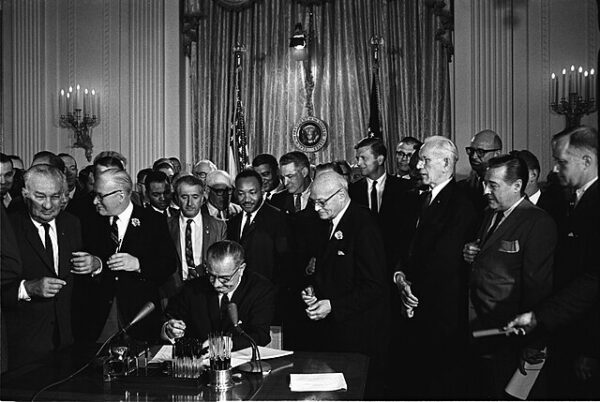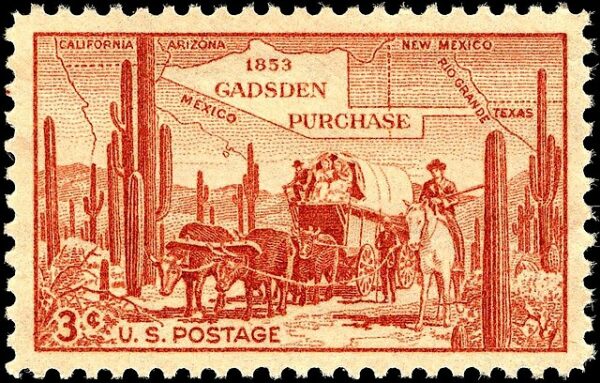In the spring of 1964, the United States Senate found itself in the throes of a historic struggle. For 75 grueling days, a filibuster, the longest in Senate history, had paralyzed the chamber, blocking the passage of the Civil Rights Act. Southern senators, determined to preserve the status quo, employed every parliamentary tactic available to stall the bill.
The filibuster was a formidable obstacle. Day after day, the Senate floor became a battlefield of words. Senators opposing the bill took turns speaking for hours on end, reading from phone books, and delivering lengthy discourses on tangential topics, all in an effort to exhaust the proponents and delay the vote indefinitely. Leading this resistance was Senator Richard Russell of Georgia, a staunch segregationist, who viewed the Civil Rights Act as an existential threat to the Southern way of life.
Despite the opposition’s relentless efforts, a coalition of senators from both parties remained steadfast in their commitment to civil rights. Key among them was Senator Hubert Humphrey of Minnesota, the bill’s floor manager, who worked tirelessly to build support. Humphrey and his allies understood that breaking the filibuster required the elusive magic number of 67 votes—a two-thirds majority. This meant persuading a significant number of undecided and even initially opposed Senators to change their stance.
Behind the scenes, President Lyndon B. Johnson, leveraging his considerable political acumen and experience as a former Senate Majority Leader, orchestrated a campaign of persuasion. Johnson knew the stakes were monumental, not just for the civil rights movement but for his political vision of The Great Society. He deployed his aides to lobby senators, promised political favors, and invoked moral arguments to sway the hearts and minds of the holdouts.
As the weeks dragged on, the pressure mounted. Public opinion was increasingly in favor of civil rights, driven by the poignant and often brutal images of racial injustice broadcast across the nation. The filibuster had become a symbol of obstructionism, a stark contrast to the growing demand for equality and justice.
The breakthrough came on June 10, 1964. Senate Majority Leader Mike Mansfield, a staunch supporter of the bill, called for a cloture vote, a procedural move to end the filibuster. The atmosphere in the chamber was tense, charged with anticipation. Senators filed in, and one by one, cast their votes. The result was historic: 71 in favor, 29 against. The filibuster was broken.
In the aftermath of the cloture vote, the Senate moved swiftly. The debate, now free from the shackles of the filibuster, proceeded to its final stages. On June 19, the Senate passed the Civil Rights Act with a vote of 73 to 27. The House of Representatives, which had already passed its version of the bill, quickly agreed to the Senate’s amendments.
On July 2, 1964, in a nationally televised ceremony, President Johnson signed the Civil Rights Act into law. The moment was a watershed in American history, heralding a new era in the fight against racial discrimination. The Act banned discrimination based on race, color, religion, sex, or national origin, and it enforced desegregation of schools and public places, and provided for the integration of public facilities and voting rights.






